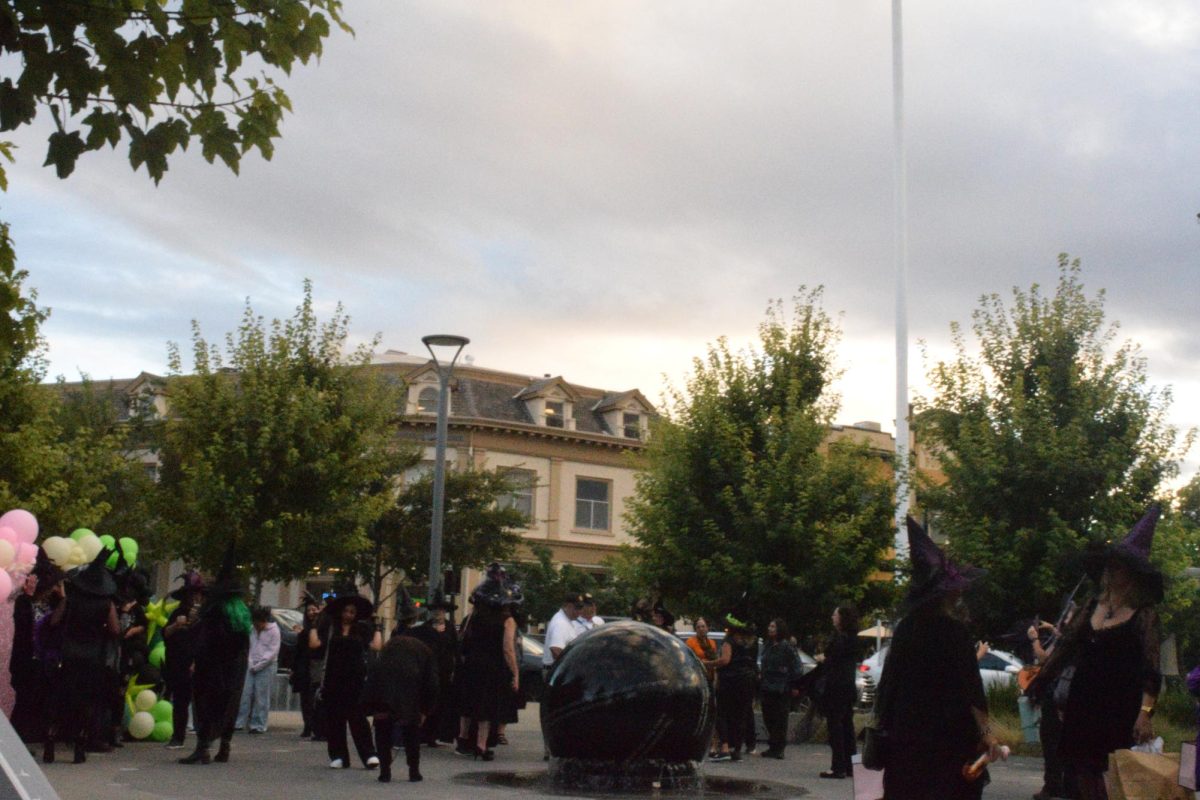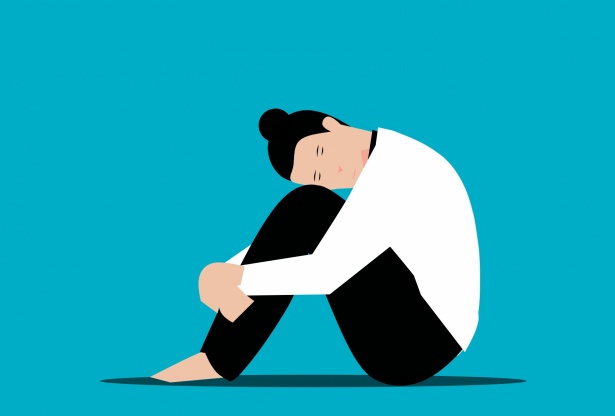What is Seasonal Depression and How to Deal With it
January 17, 2023
If you dread wintertime and always feel bad during winter, you may have seasonal depression or Seasonal Affective Disorder (SAD). SAD is a type of depression that is characterized by its recurrent seasonal pattern. Symptoms are most commonly known to start in the fall and carry on into the winter months but you can get symptoms in the spring and summer. No matter when the symptoms appear, people with SAD will always experience their symptoms simultaneously every year. The symptoms for SAD are identical to those of depression with a few additions. Those who experience SAD in the winter may oversleep, overeat, gain weight or isolate themselves. Those who experience SAD in the summer have opposite symptoms: insomnia, poor appetite, weight loss, and irritability. Symptoms typically last for 4 to 5 months and become more severe as time goes on.
While there isn’t a clear connection between seasonal depression and absences at school, during the wintertime, when most people get SAD, Granada also gets the most absences and student behavioural issues during winter. In an interview with Granada student Sara Willey (10), she said the reason people feel depressed during the winter is that “The days are shorter and most of the time the sun is out we’re in classrooms so students don’t get any sunlight and that affects their mental health. Also it’s in the middle of the school year and we just had winter break so everyone’s sad to be back at school.”
The cause of winter SAD has not been confirmed, but there is convincing evidence that circadian rhythm, serotonin levels, melatonin levels, vitamin D levels, and brain chemical imbalances all play a part. Both serotonin and melatonin help maintain the body’s daily rhythm that is tied to the seasonal night-day cycle. In people with SAD, the changes in serotonin and melatonin levels disrupt the normal daily rhythms. As a result, they can no longer adjust to the seasonal changes in day length, leading to sleep, mood, and behavior changes. The shorter days also lead to less sun exposure during the day, therefore people with SAD may have lower vitamin D levels, which can further hinder serotonin activity.
There are a few treatments for those with SAD including light therapy (a person sits in room with a special light box so they are exposed to bright light in the first hour after waking up), psychotherapy (or talk therapy), antidepressants (such as Wellbutrin XL and Aplenzin) and vitamin D pills (boosts your vitamin D levels which in turn boosts serotonin levels).
SAD starts in young adulthood around ages 18-30 and is most common in females. It is also more common in people who have relatives with other mental illnesses, such as major depression or schizophrenia. People with bipolar disorder are at increased risk of developing SAD. Living far from the equator and having low vitamin D levels are added risk factors.
If you think you may have SAD, don’t brush off the feeling as simply a case of the “winter blues” or a funk you have to tough out on your own. Reach out to a mental health professional or a psychiatrist who can diagnose you through a careful mental health exam and examination of medical history. Set realistic goals, try not to take on too much, break large tasks into smaller ones, do what you can as you can. Don’t pressure yourself to do more than you feel capable of doing, SAD is something to be taken seriously and you should never feel guilty for taking time for yourself. Try to do things that make you feel better such as going to the movies, going on a walk, or hanging out with friends. The most important thing to do is to take care of yourself and put your mental health before the festivities winter months bring. It’s not selfish but potentially life-saving.


































Reychelle • Jan 31, 2023 at 10:59 am
Well done with this article, well explained.
Grace Garcia • Jan 30, 2023 at 1:48 pm
A nicely written article, very explanatory, and it helped me understand what SAD is, how it affects people, and how it’s treated.
Leila • Jan 30, 2023 at 1:41 pm
This was a really good, very informational article!
Isabella Hawkins • Jan 30, 2023 at 11:01 am
This article is really well written. It brings awareness to something that is otherwise brushed off as “the winter blues”. Really great job !